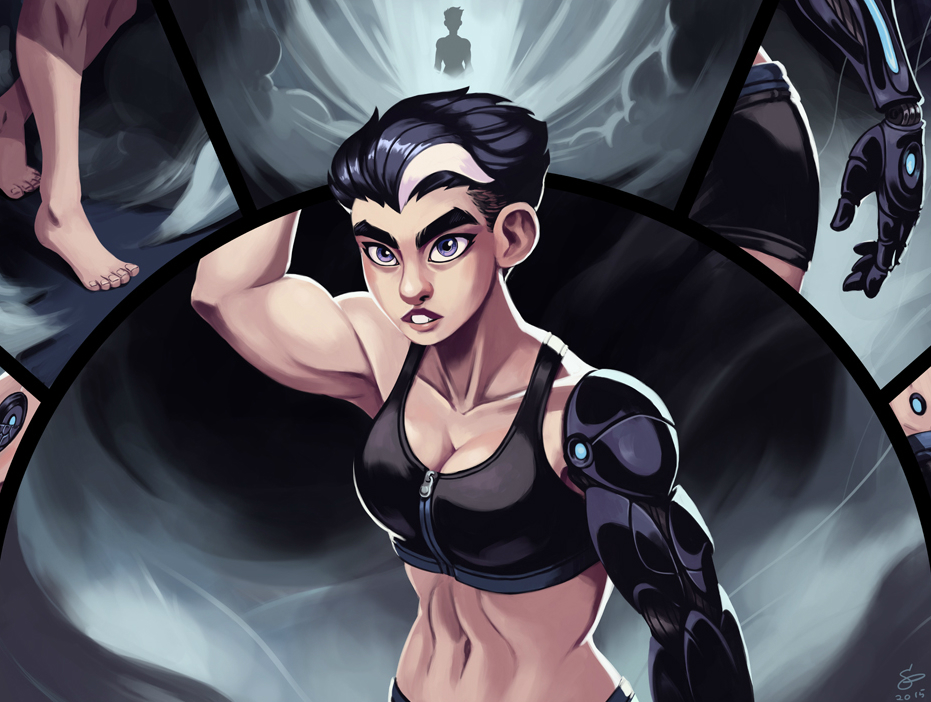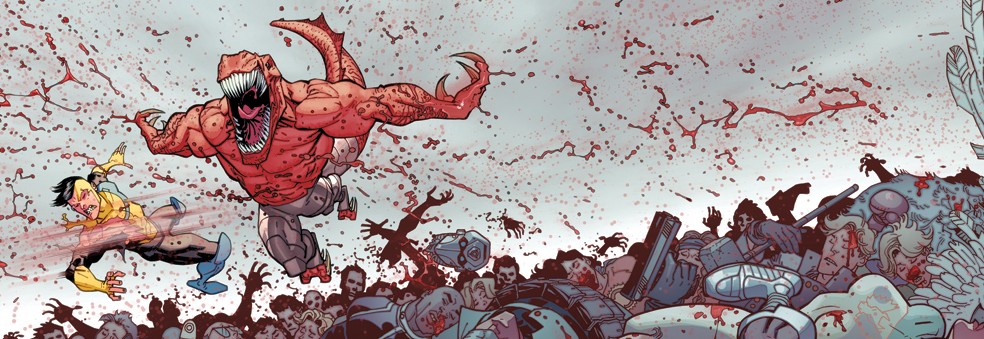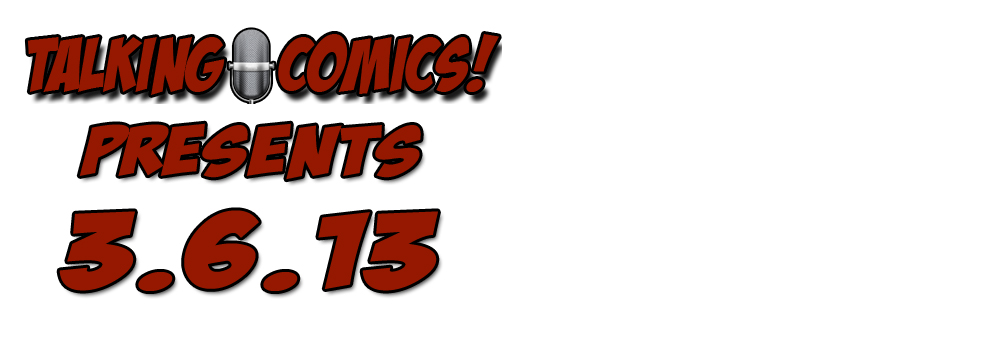
Millennium: the Girl Who Kicked the Hornet’s Nest #1 Review

What's your reaction?
- 0airlines
- 0applicant tracking systems
- 0ATS system
- 0Best Online Casino
- 0Best Online Casino App in India
- 0bicycle
- 0Buy Power Book Jackets Now
- 0Canada Glass Bottles and Containers Market
- 0Canada Packer Bottle Market
- 0Canada Packer Bottle Market Business Challenges
- 0Canada Packer Bottle Market Demand
- 0Canada Packer Bottle Market Future Outlook
- 0Canada Packer Bottle Market Growth
- 0Canada Packer Bottle Market Report
- 0Canada Packer Bottle Market Revenue
- 0Canada Packer Bottle Market Share
- 0Canada Packer Bottle Market Size
- 0Canada Packer Bottle Market Trends
- 0Canada plastic packaging market
- 0Cancelation Fees
- 0Casino App in India
- 0Casino black jack odds
- 0Change
- 0Check delta flight status
- 0Corporate Awards Business Awards
- 0custom logistics
- 0custom logistics tracking
- 0customized logistics
- 0customized logistics solutions
- 0customized transportation
- 0customized trucking
- 0data science
- 0data science course in chennai
- 0Delta Airlines Name Change Policy
- 0DissertationHelp
- 0DissertationHelpuk
- 0fix quickbooks update error 15241
- 0Global Excellence Awards 2023
- 0how to fix quickbooks error code 15241
- 0idn poker
- 0idnpoker
- 0idnpoker.com
- 0immigration lawyers in derbyshire
- 0immigration solicitors in derbyshire
- 0National Quality Awards 2023
- 0online applicant tracking system
- 0packer bottle market size in Canada
- 0packer bottle market size in USA
- 0Plastic Bottle Manufacturing in Canada
- 0plastic packaging companies in usa
- 0Platinum reels online casino
- 0quickbooks error 15241
- 0resume online australia
- 0s128
- 0s128.net
- 0security services in Manchester
- 0Security surveillance companies in Greater Manchester
- 0Shop Power Book Clothes
- 0Shop Power Book Outfits
- 0Spin it casino no deposit bonus codes
- 0terminal
- 0Titan casino 10 free
- 0Top 10 Corporate Awards
- 0Top 3 Most Prestigious Business Awards in India
- 0travel
- 0United airlines flight change policy
- 0USA Packer Bottle Market
- 0USA Packer Bottle Market Business Competition
- 0USA Packer Bottle Market Challenges
- 0USA Packer Bottle Market Demand
- 0USA Packer Bottle Market Future Outlook
- 0USA Packer Bottle Market Growth
- 0USA Packer Bottle Market Insights
- 0USA Packer Bottle Market Revenue
- 0USA Packer Bottle Market Share
- 0USA Packer Bottle Market Size
- 0USA Packer Bottle Market Trends
- 0Vacant property security services in Manchester UK
- 0Virtual casino mobile
- 0waitress resume australia
- 0What is the legal age to enter a casino
- 0Window tinting
- 0Womens leather riding boots
- 0writing services
- 0yellowstone
- 0بک لینک ارزان
- 0بک لینک انبوه
- 0خرید بک لینک
- 0خرید بک لینک دائمی
- 0خرید بک لینک قوی
- 0토토 파워볼사이트
- 0파워볼 게임
- 0파워사다리 사이트
Related Posts
Ryan Reynolds: A Man in Search of a Franchise
Ryan Reynolds has spent a large portion of his career trying to get a franchise…
Giant Size X-Men: Nightcrawler Review
Writer: Jonathan Hickman Art: Alan Davis Colors: Carlos Lopez Letters: VC’s…
Webcomic Spotlight: Dresden Codak (Part 2: Dark Science)
In my last spotlight on Dresden Codak, I looked at the first five years of the…
Issue #295: WEDDING BLISS, GEORGE ROMERO, and MARVEL LEGACY
Issue #295: WEDDING BLISS, GEORGE ROMERO, and MARVEL LEGACY Download Directly…
X-Men: Legacy #24 Review
X-Men: Legacy #24 Written by Simon Spurrier Pencils by Tan Eng Huat Inks by…
Invincible #100: The Death of Everyone Review
Robert Kirkman and Ryan Ottley have been showing off this arc for a long time,…
BATMAN: FEAR STATE OMEGA REVIEW
Batman: Fear State Omega #1 Writer: James Tynion IV Artists: Riccardo…
Talking Comics Presents 3/6/13
by Bobby Shortle Hello everyone and welcome to Talking Comics Presents. First…
Papercuts and Inkstains #1 Review
Papercuts and Inkstains #1 Written by: Rob Jones @RobJonesWrites Edited by:…
Basilisk #7
Cullen Bunn, Writer Jonas Scharf, Illustrator Alex Guimaraes, Colors Ed…











